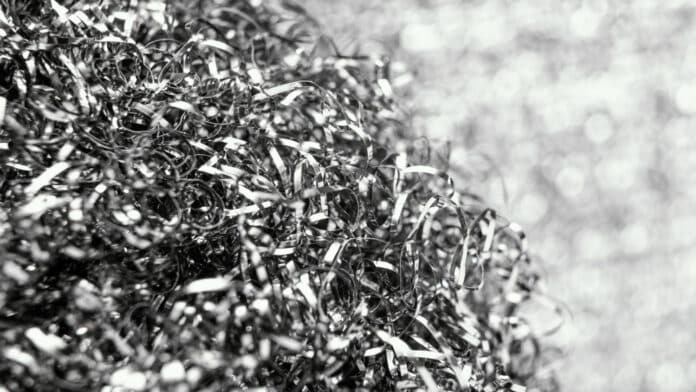Dynamic solidification behavior during metal additive manufacturing directly influences the as-built microstructure, defects, and mechanical properties of printed parts. How these features are formed by temperature variation (e.g., thermal gradient magnitude and solidification front velocity) has been studied extensively in metal additive manufacturing, with synchrotron x-ray imaging becoming a critical tool to monitor these processes.
Cornell researchers used a novel method to investigate how microstructure develops in a 3D-printed metal alloy: they irradiated the material with X-rays as it was being printed.
The researchers can build specialized materials that integrate such performance-enhancing properties by monitoring how thermomechanical deformation generates localized microscale phenomena like bending, fragmentation, and oscillation in real time.
Atieh Moridi, assistant professor in the Sibley School of Mechanical and Aerospace Engineering at Cornell Engineering and the paper’s senior author, said, “We always look at these microstructures after processing, but there’s a lot of information that you’re missing by conducting only postmortem characterizations. Now we have tools to watch these microstructural evolutions as they are happening.”
“We want to understand how these tiny patterns or microstructures are formed because they dictate everything about the performance of printed parts.”
The group focused on 3D printing in which a powder is deposited via a nozzle, melted by a high-power laser beam, then cools and solidifies. In this case, the powder was the nickel-based superalloy IN625, widely used in additive manufacturing and aerospace.
The researchers built a portable twin of their 3D printing system. They brought it to the Center for High Energy X-ray Sciences at the Cornell High Energy Synchrotron Source (CHEXS@CHESS) in Wilson Laboratory because accessing high-energy X-rays in the lab is not practical.
The CHESS team also developed safety protocols for operating a high-power laser and flammable powders.
A focused X-ray beam was employed during the experiment at the FAST beamline to travel through the IN625 as it was heated, melted, and cooled. A detector on the other side of the printer recorded the diffraction patterns produced when the X-rays interacted with the material.
Moridi said, “How these diffraction patterns form gives us much information about the material’s structure. They are the microstructural fingerprints that capture the history of the material during the processing. Depending on the interaction and what caused it, we get different patterns, and from those patterns, we can back-calculate the material’s structure.”
Usually, in order to examine the large amount of diffraction data, researchers would try to combine it. However, researchers in this study took on a more difficult task and examined the raw detector images. This method took more time and involved more work, but it produced a fuller, more comprehensive picture of how the IN625 developed, exposing unique features that most of the time missing.
The team observed important microstructural properties such as torsion, bending, fragmentation, assimilation, oscillation, and interdendritic development that were produced by the process’ heat and mechanical effects.
The scientists believe their approach may be used with other 3D-printed metals, including titanium, high-entropy alloys, stainless steel, and any material system having a crystal structure.
The technique can aid in the creation of more robust materials. For instance, pulsing a laser beam would promote crystal fragmentation and decrease grain size, increasing the material’s strength.
Dass said, “The final goal is to have the best material system for that particular alloy for a particular application. If you know what is happening during processing, you can choose how to process your materials, so you get those specific features.”
Journal Reference:
- Dass, A., Tian, C., Pagan, D.C. et al. Dendritic deformation modes in additive manufacturing revealed by operando x-ray diffraction. Commun Mater 4, 76 (2023). DOI: 10.1038/s43246-023-00404-0
